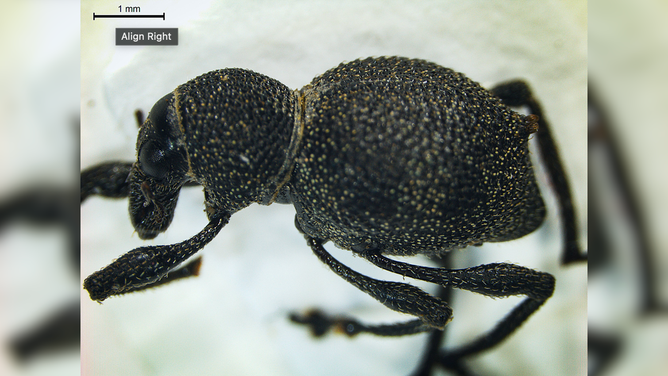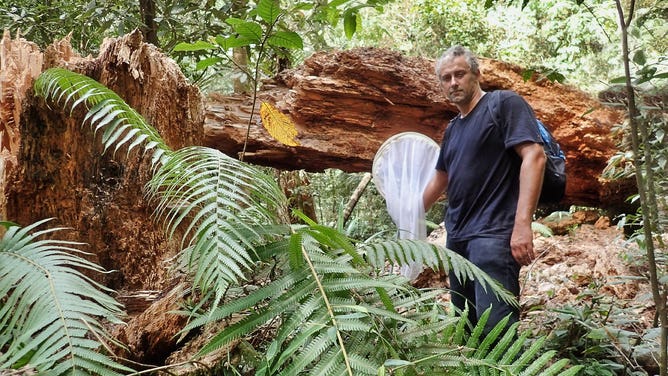'Strange' creature thought to be extinct found in remote rainforest
The largest family of beetles, weevils on Negros Island are known to live only in the lowlands of the island’s rainforest.
FILE: Australia scientists discover rare fish species on Indian Ocean floor
Senior Collections Manager for the Museums Victoria Research Institute Dianne Bray says never-before-seen marine life likely includes a blind eel, cucumber fish, and deep-sea batfish.
NEGROS ISLAND, The Philippines – The University of Alberta recently announced the discovery of a new species of weevil and one believed to have gone extinct in Northern Negros National Park on Negros Island in the central Philippines.
The largest family of beetles, weevils on Negros Island, are known to live only in the lowlands of the island’s rainforest. However, the UA said the rainforest had been eviscerated by the end of the 20th century due to logging, agriculture and population growth.
To see how weevils were faring in this compromised environment, UA biology professor Tom Terzin studied insect samples collected from the area in 2016 and 2017. During his research, he discovered the two insect species.

Metapocyrtus (Trachycyrtus) augustanae.
(Tom Terzin / University of Alberta / FOX Weather)
One is a new specimen called Metapocyrtus (Trachycyrtus) augustanae. A black insect measuring about half a centimeter long, the species had light scales across its surface, unlike the metallic appearance of its beetle relatives, according to the UA.
"This guy was a bit strange, some sort of rebel in refusing to mimic the species," Terzin said.
For Terzin, its discovery could have exciting implications.
"It could mean there’s a redirection of the habits of these species, evolutionarily speaking, and being only known from a single specimen, for now, indicates it’s probably a rare species," he said.
HOW A GROUP OF BUGS CAN INCREASE THE THREAT OF WILDFIRES
The second discovery is more of a re-discovery, as it was last seen on Negros Island about a century ago and thought to have gone extinct due to deforestation, the UA said.

Metapocyrtus (Orthocyrtus) bifoveatus.
(Tom Terzin / University of Alberta / FOX Weather)
Called the Metapocyrtus (Orthocyrtus) bifoveatu, the species sports shades of blue, muted yellows and plum-brown on its exoskeleton.
NOT FROM A HORROR FILM: WHEN INSECTS TURNS INTO ‘ZOMBIES’
The colorful insect was found at elevations over 1,000 meters, which is higher than their usual habitat. According to Terzin, this shows a struggle for life for the insects and that they refused to become extinct.
"In the world of insects, it’s almost like discovering a dodo bird," he said.

Tom Terzin.
(Shirley Bangoy / University of Alberta / FOX Weather)
The two specimens are now being housed in the Augustana Tropical Insects Research Studio entomology collection at the UA. The university said the specimens will be available for teaching and research projects.
